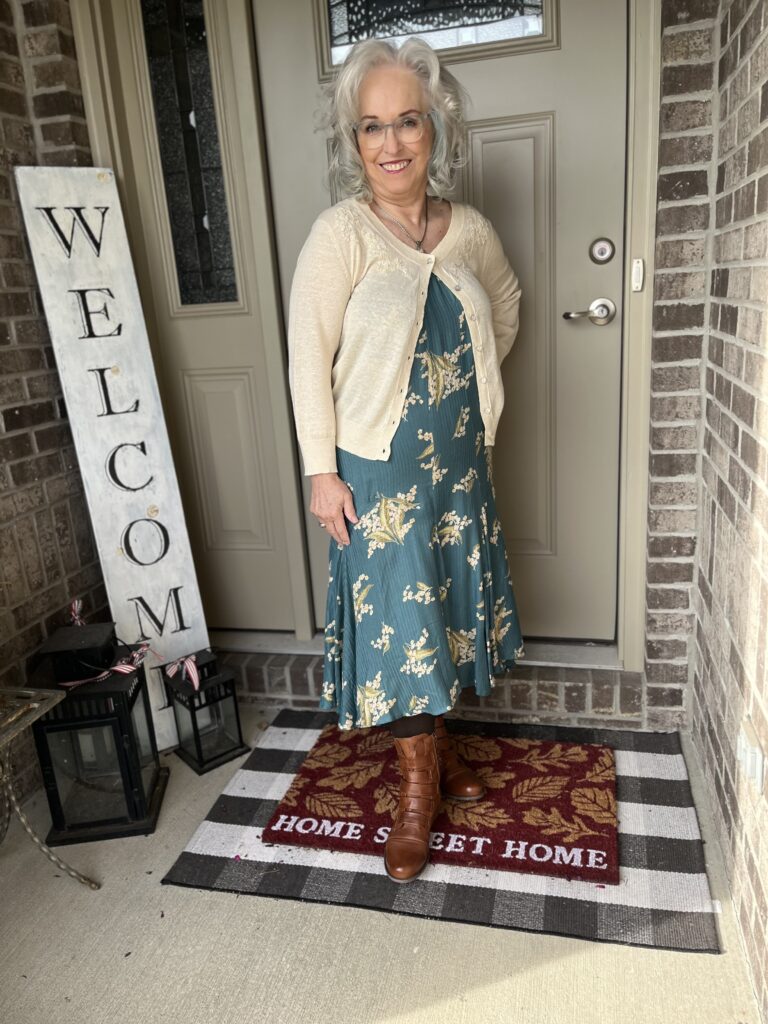
Style Imitating Art…
Welcome to Style Imitating Art which comes from Salazar, Shelbee, and me. You can think of this series as fashion meets art museum! SIA challenges people to find inspiration in different art works, create looks based upon that art work, and share them with the curator for that piece. Salazar is this week’s curator with a stunning piece of art. I hope you enjoy this post, the information, and my interpretation.
How it works…
Every other Monday one of us selects an inspiration piece of art and posts the image on their blog. We then invite others to interpret that art work through their style. The following Monday, we share our outfits. The curator shares submissions the following Wednesday on her blog. Salazar chose this week’s art work for this round of Style Imitating Art. If you’d like, you can read why she chose it here. Please send your photo to Salazar by Tuesday, November 19th, 2024 by 10 pm EST (14shadesofgreyblog@gmail.com). Style Imitating Art is an interesting way to inspire your outfits. You can see a few of my looks here, here, here, and here.
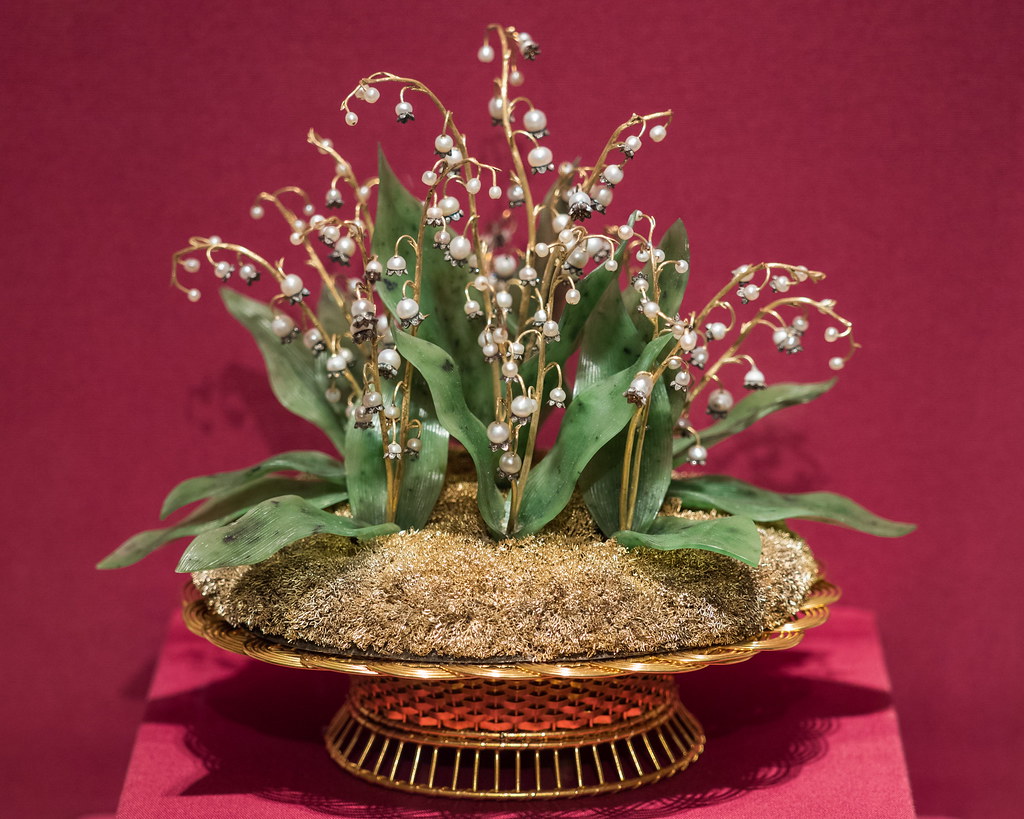
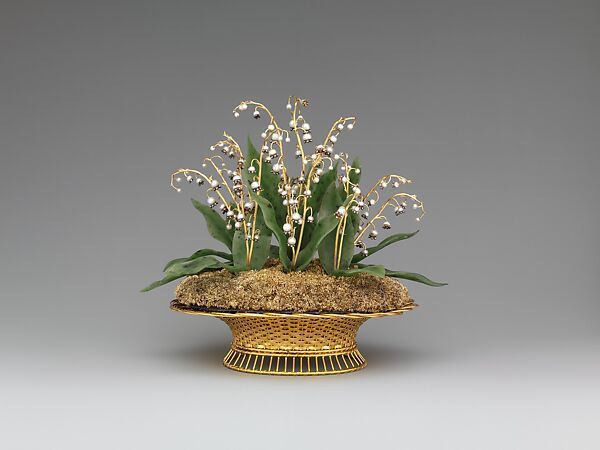
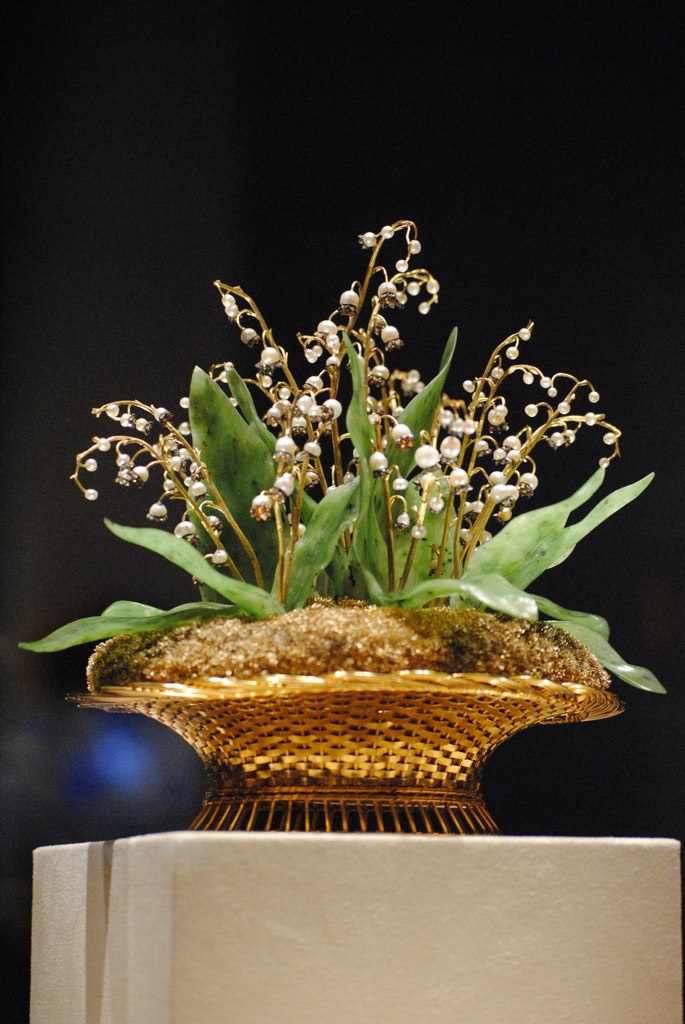
About the artist…
Peter Carl Gustavovich Fabergé (May 30, 1846-September 24, 1920) was the son of a founding member, Gustav Fabergé. His father was a Russian jeweler who moved from present day Estonia to Dresden when he retired from his jewelry business in 1860. When he retired, Gustav Fabergé left the House of Fabergé in the hands of his business partner, Hiskias Pendin. Carl Fabergé’s education included the Dresden Handelsschule (trade school). There, he learned the basics of business administration. Young Carl was then sent to England to learn English. After that, he began his Grand Tour of Europe which was financed by respected goldsmiths in Germany, France, and England. While in Paris, Fabergé took a course at Schloss’s Commercial College and was able to see objects in the galleries of Europe’s famous museums. He apprenticed under jeweler Josef Friedman. In 1864, Carl Fabergé returned to St. Petersburg and entered his father’s firm. Pendin tutored the young 18 year old as he continued his education.
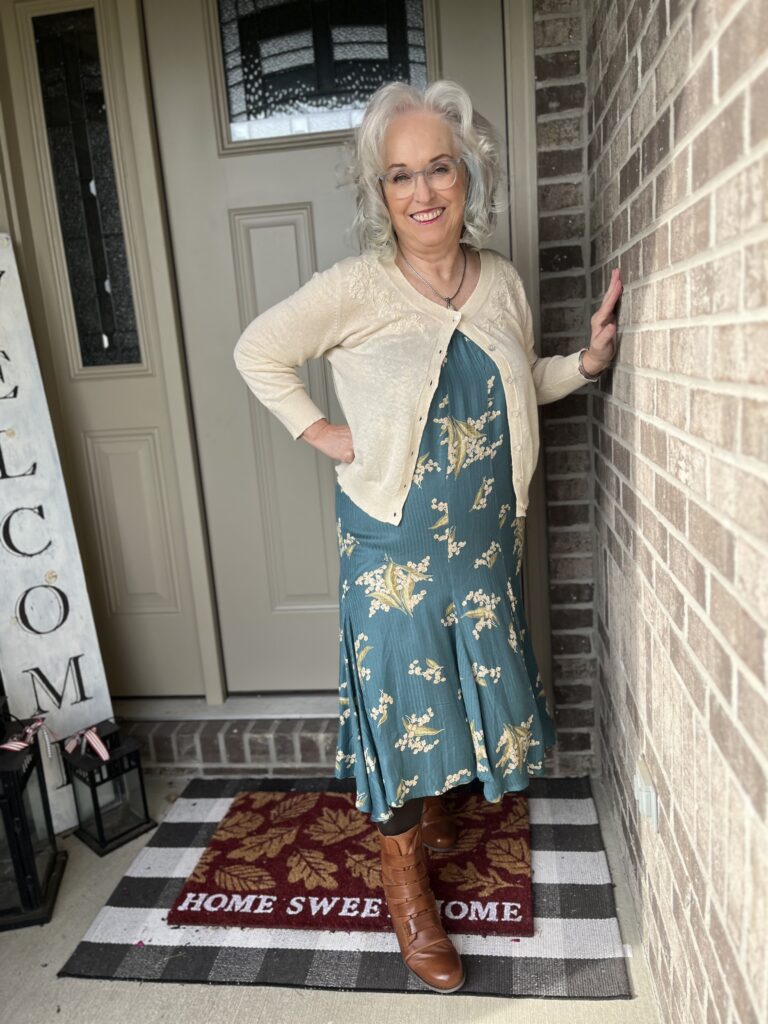
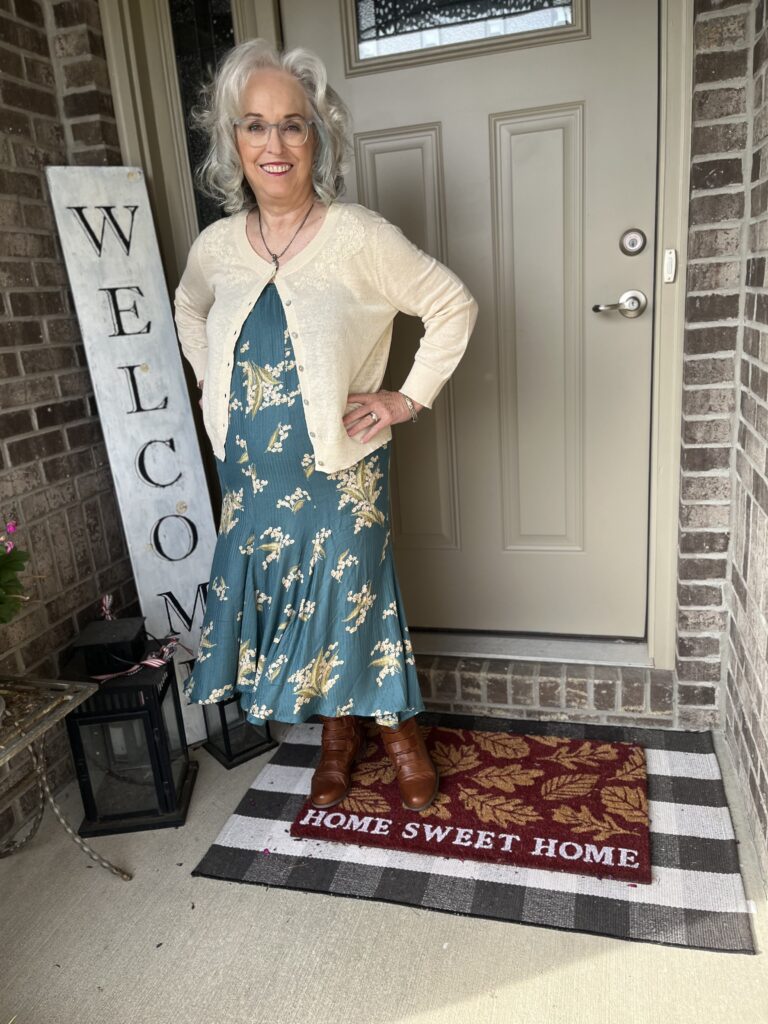
A little more…
Fabergé did a bit of networking at the Hermitage Museum (founded in 1764 by Empress Catherine the Great) and worked without pay in 1867. After marrying Augusta Julia Jacobs in 1872, Fabergé took over the family firm. Four children were born to the couple, Eugène, Agathon, Alexander, and Nicholas. Eugène and Nicholas would go on to found Fabergé & Cie in Paris after the Bolsheviks nationalized the Fabergé company. The store closed in 2001. But, I digress! For the first few years, Fabergé and his workmen catalogued, repaired, and restored objects in the Hermitage during the 1870s. In 1881, the business moved to premises at Bolshaya Morskaya. It was during this time that Fabergé began to transition from being a “dealer in petty jewelry and spectacles (his son, Eugène’s words)” to what we think of today when we hear the name, Fabergé.
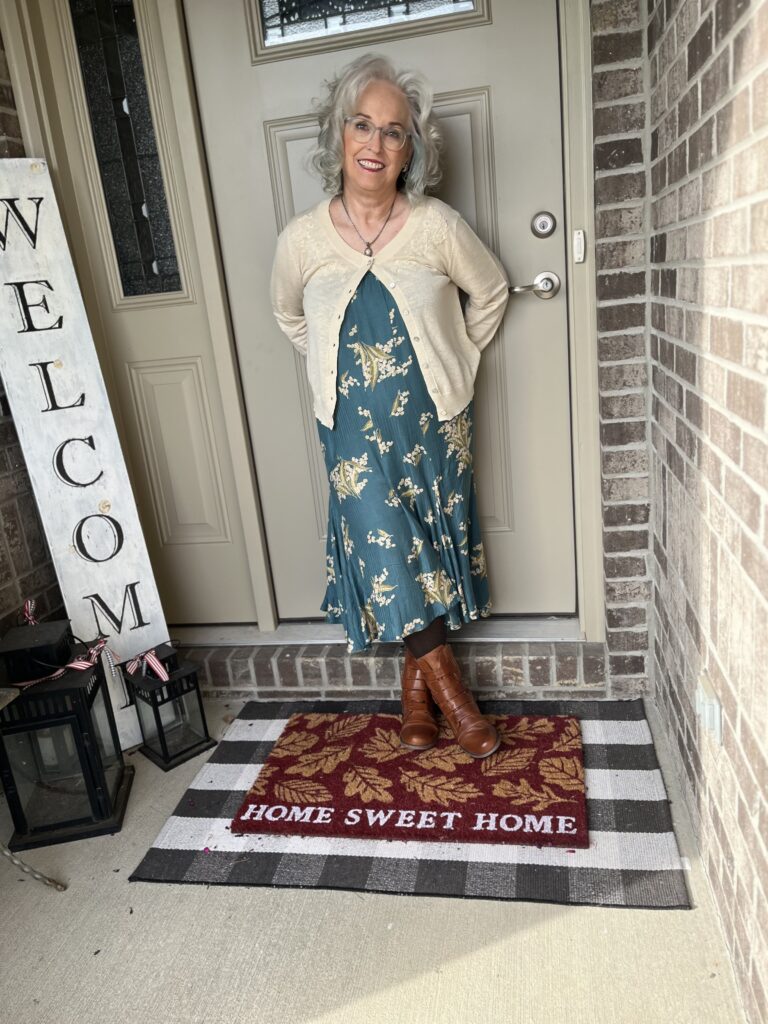
Still more…
Fabergé drew from his experience in Europe and began to make pieces that were more than a sum of their parts. He later said, “Expensive things interest me little if the value is merely in so many diamonds or pearls”. By 1881, Fabergé was being recognized by his peers and was appointed “master of the Second Guild.” This mean he was a merchant or retailer instead of a craftsman. He also would not have to submit his pieces for official testing when he used his own hallmark. When Pendin died, Fabergé became the acknowledged head of the company which now employed about 20 people. In 1882, Carl and his brother, Agathon, gained notice at the Pan-Russian Exhibition of Industry and the Arts. Because of his work at the Hermitage, which included restoring Green and Scythian jewelry from the 4th century, both were invited to the exhibition. Carl received a gold medal for his work. An article in the magazine, Niva, reported:
“Mr Fabergé opens a new era in the art of jewellery… Her Majesty honoured Fabergé by buying a pair of cufflinks with images of cicadas which, according to Ancient Greek belief, bring luck”.
This may seem like quite the honor, but there were at least five firms mentioned in the Imperial accounts for 1883. Fabergé was paid 6,400 rubles, the smallest amount of all.
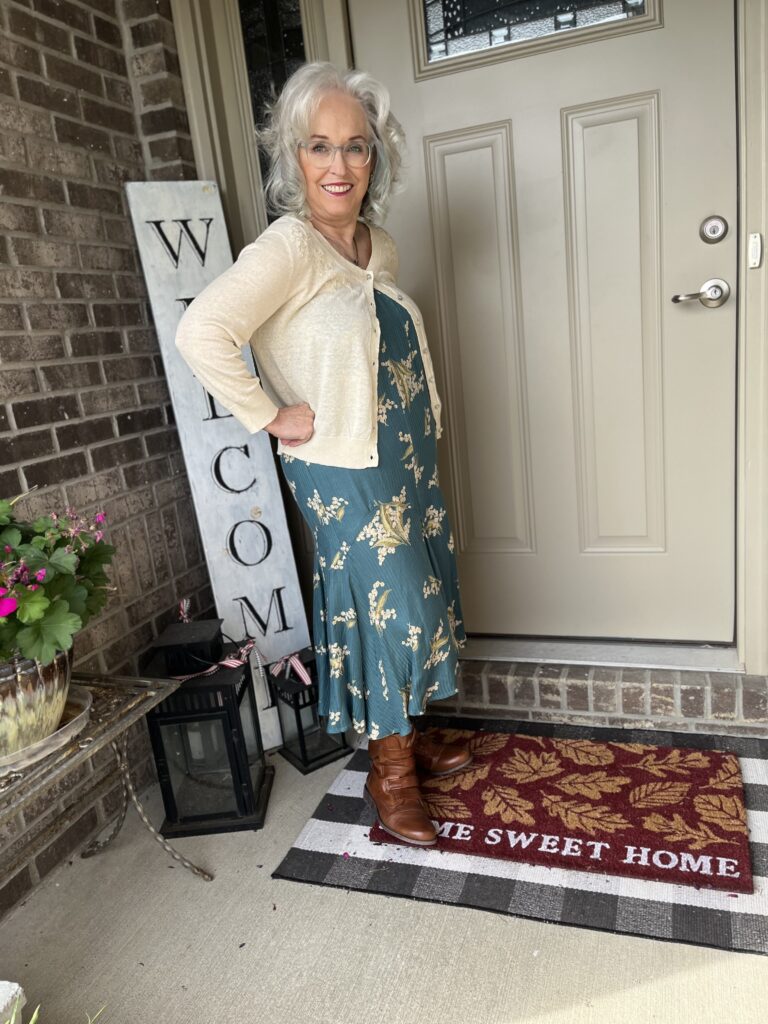
And, then…
On March 24, 1885, Tsar Alexander III gave his wife, Maria, the Hen Egg, an egg with quite the surprise inside. It appeared to be a just an ivory colored egg with a gold band. Once the egg was opened, however, there was a golden yolk inside. Opening the yolk revealed a small, golden chicken with ruby eyes. The hen’s tail further revealed a gold and diamond replica of the Imperial crown and a tiny ruby pendant. Both of those have been lost. This gift had two huge consequences for the House of Fabergé: the Tsar now patronized the firm and awarded it with the title of Supplier to the Imperial Court as well as the commissioning of a new Easter Egg every year. The Tsar only required each egg be unique and have a surprise inside (kinda like Cracker Jacks, right). By being a Supplier to the Imperial Court, Fabergé now had full personal access to the Hermitage Collection. He was then able to study the treasures stored there which helped in developing his own style. When you include the influence of works of Jean-Jacques Duval and Jérémie Pauzié, you get a revival of the art of enameling as well as focusing on the setting of every single gemstone in order to show it off to its best advantage. Now is probably a good time to tell you that Carl Fabergé most likely never designed a single Fabergé egg! There is no documentation to support that he did so! Agathon, however, would make ten or more wax models of an objet d’art before deciding on a final design. It was about this time the House of Fabergé “introduced objects deluxe: gold bejewelled items embellished with enamel ranging from electric bell pushes to cigarette cases and including objects de fantaisie (source).”
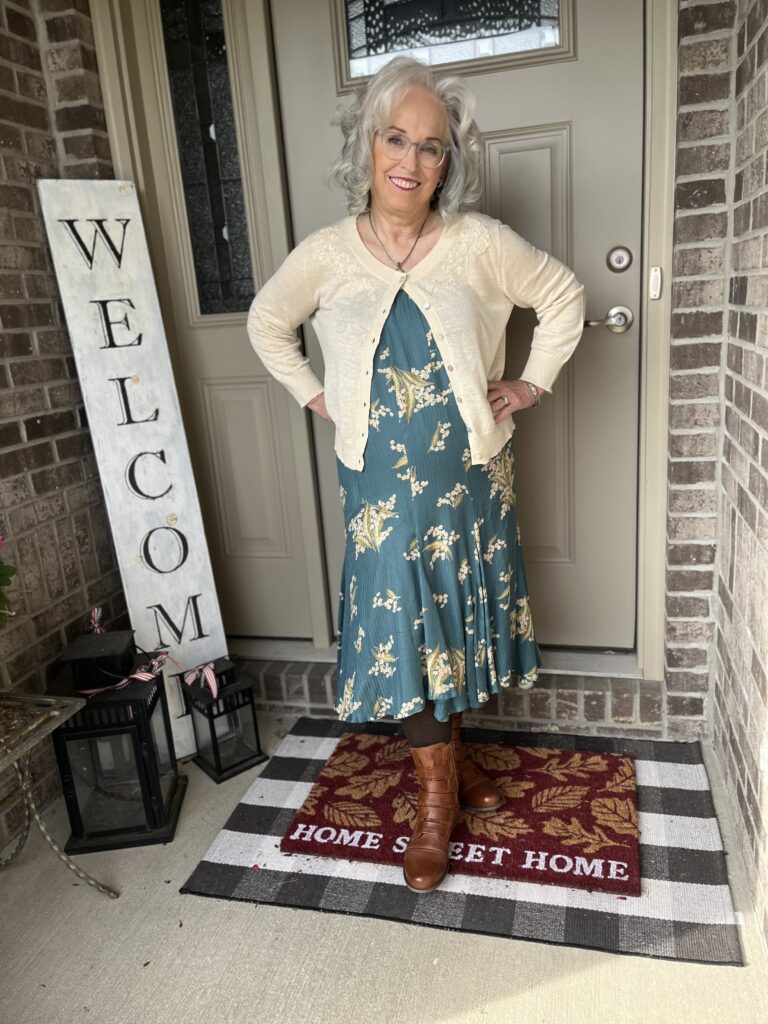
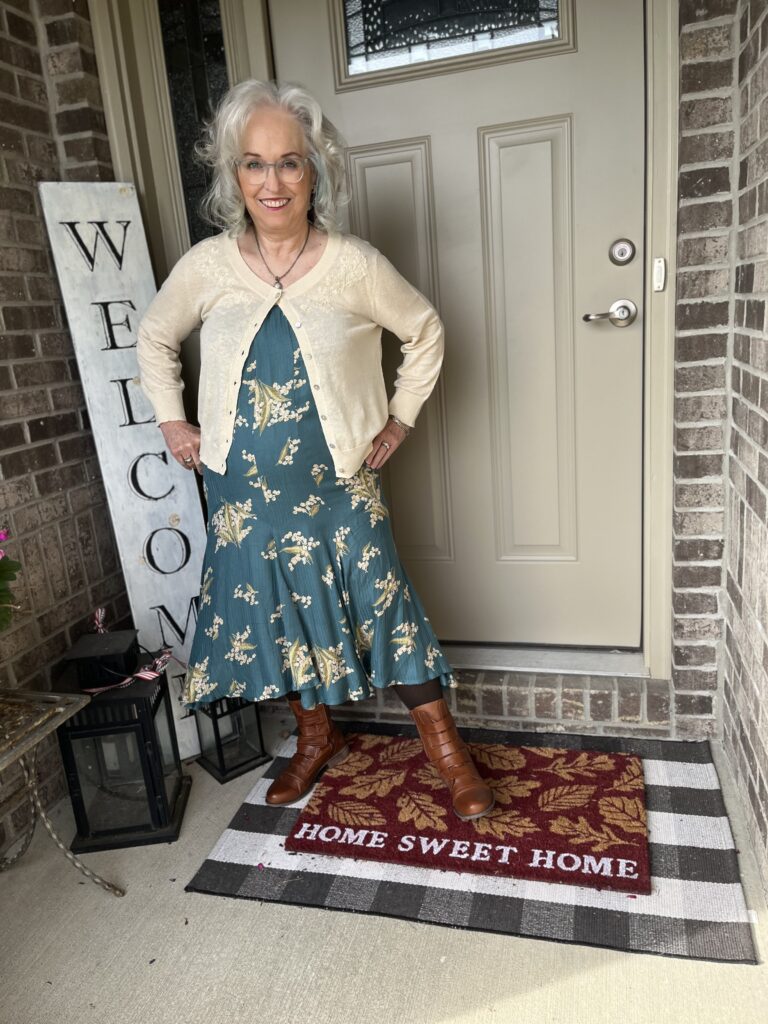
The eggs…
From 1887 on, the emperor asked for more of those eggs. Fabergé had complete freedom when deciding on the egg designs. These eggs became more and more elaborate and probably more and more expensive. Alexander III even collaborated with Fabergé on some of the designs. After his death, Nicholas II continued the tradition but asked for two eggs instead of just one. His mother would receive one, and his wife, the new Tsarina Alexandra, would receive the other. In total, 50 eggs were produced. Tsarina Maria eventually received 30 eggs while Alexandra received 20. The House of Fabergé produced other eggs, but the Easter eggs received by the Tsarinas were called Imperial Easter Eggs. The tradition ended with the October Revolution when the Romanov dynasty was executed. The eggs, as well as other treasures, were “taken” by the new government. Two final eggs were never delivered nor paid for.
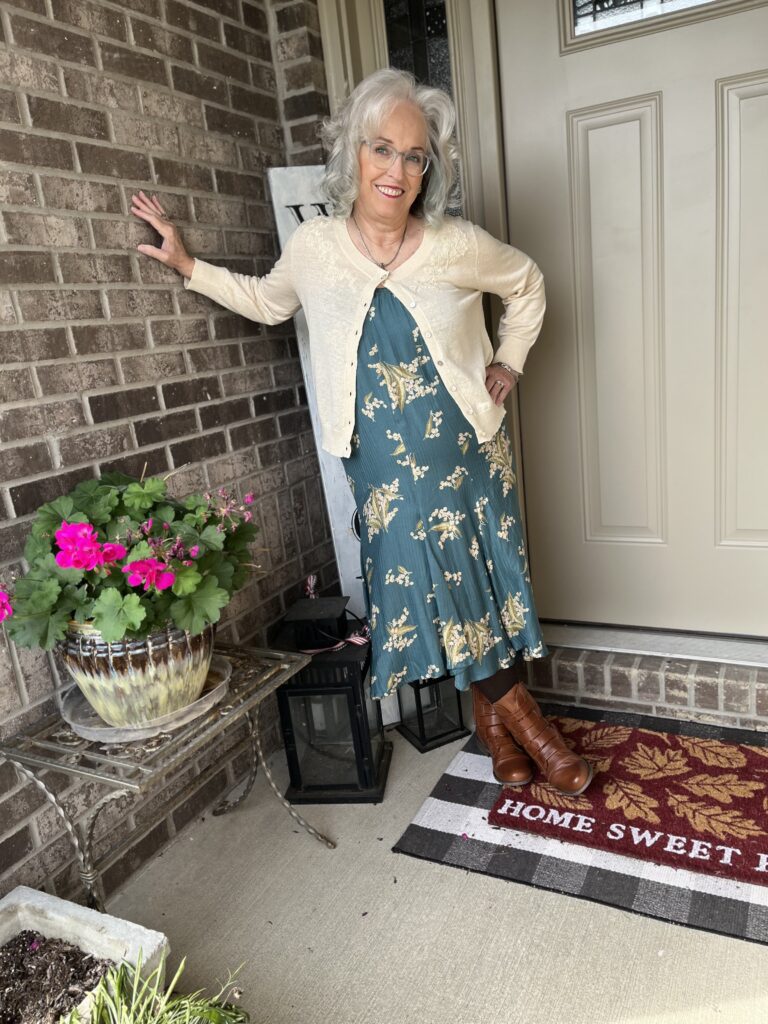
The end…
After the October Revolution in 1917, a Committee of Employees managed the House of Fabergé until 1918. At that time, Fabergé closed all the workshops and then left the country after the new government asked (probably told) him to close the business. Unfortunately, a huge amount of gemstones were destroyed following the revolution. Carl Fabergé died at the Hotel Bellevue in Lausanne, Switzerland on September 24, 1920. The Fabergé mystique continued as his family reported he’d died of a broken heart. His wife died in 1925. Originally, Carl Fabergé was buried in Lausanne. In 1929, Eugène Fabergé buried his father’s remains in his mother’s grave at the Cimetière du Grand Jas in Cannes, France. From the 1920s until…well, honestly, I can’t even tell…there were several disputes over the use of the name, Fabergé. This resulted in many lawsuits. Over the years, the name of the company changed as it was purchased and then sold to various companies. I am going to leave you a link here to see if you can untangle the thread!
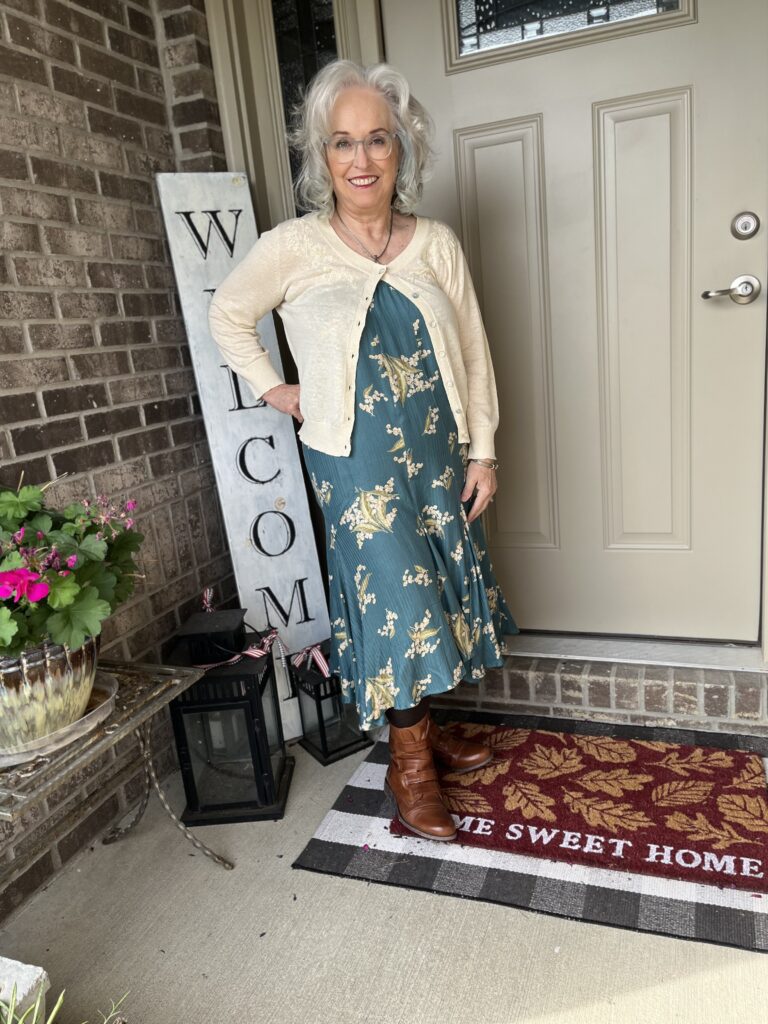
So, the real creator…
August Wilhelm Holmström, according to the Met and other sources, was the workmaster behind the Imperial Lilies-of-the-Valley basket. Born in Helsinki, Finland on October 2, 1829, Holmström was a silver- and goldsmith. He apprenticed at the workshop of jeweler Karl Herold in St. Petersburg from 1845 until 1850. He became a master in 1857 with his own workshop. At some point, he began working in Fabergé’s workshop where he became the head jeweler. He died in St. Petersburg on October 24, 1903. His son, Albert Holmström, continued as a silver- and goldsmith and used the same mark as his father, AH. In addition, his daughter, Hilma Alina, and granddaughter, Alma Pihl, also designed jewelry and were both workmasters at Fabergé. Alma designed the Winter Easter Egg as well as the Mosaic Easter Egg.
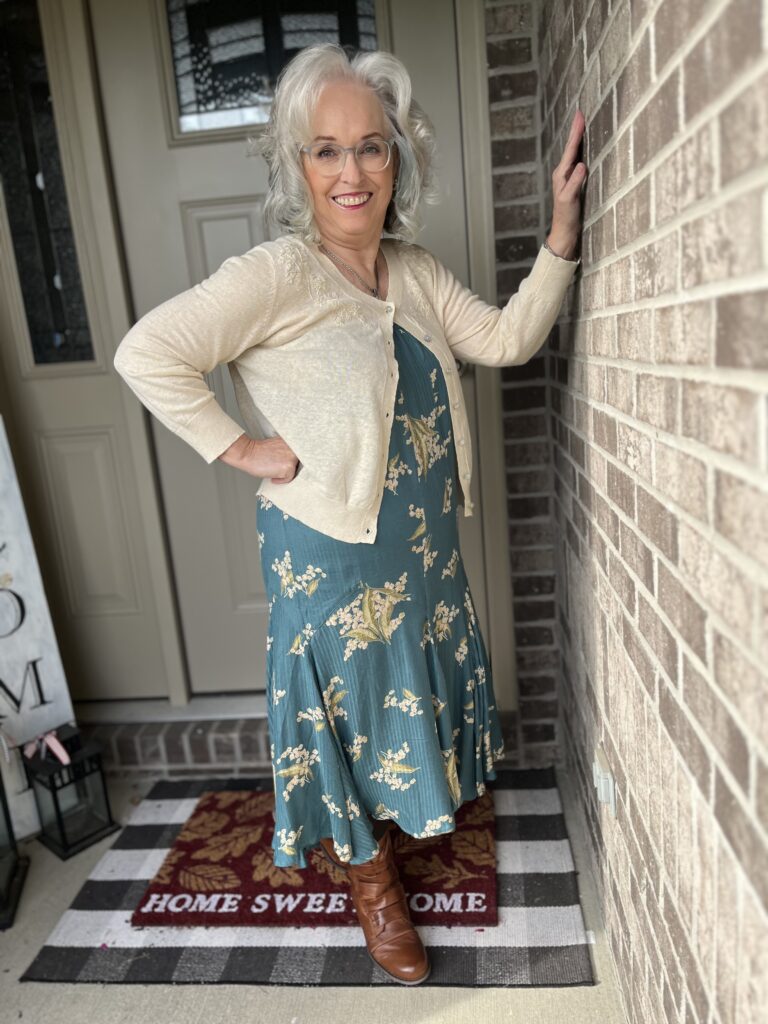
About the art work…
The overall dimensions of this beautiful piece of art are 7 1/2 x 8 1/2 x 5 7/8 in. (19.1 x 21.6 x 14.9 cm). There are so many things I love about this work. There is an inscription on the base, in Cyrillic, which says, “To Her Imperial Majesty, Tsarina Alexandra Feodorovna, from the Ironworks management and dealers in the Siberian iron section of the Pan Russian Artistic and Manufacturing Exhibition in the year of 1896.” Other markings on the base of the basket include “FABERGE” (in Cyrillic), 56 (a gold carat mark), A.(?).H., partially effaced, workmaster’s mark, and a crossed anchor and scepter. Of course, it was actually from the House of Carl Fabergé, and August Wilhelm Holmström was the workmaster. It:
“consists of nineteen individual stems emerging from nine separate plants in a “moss” of spun, fused, clipped, and polished green and yellow gold. Each pearl blossom is edged in silver set with rose-cut diamonds, with realistic leaves made of hard, dense nephrite and carved with the striations characteristic of the lily-of-the-valley plant. The czarina adored the Lilies-of- the-Valley Basket, as the blossoms were among her favorite flowers, and pearls her favorite jewels. She kept it on view in the private apartments and often took it with her when traveling (source).”
Still more…
The art piece actually belongs to the Matilda Geddings Gray Foundation and is on long-term loan to the Metropolitan Museum of Art in New York City. It is located at the Met Fifth Avenue, Gallery 55. “Imperial Lilies-of-the-Valley Basket” is considered Fabergé’s floral masterpiece. It is also considered the most important piece of Fabergé art in the United States. Gray was a Louisiana heiress and philanthropist who acquired her first objet d’art by Fabergé in 1933. She began collecting his works while he was still unknown in the US. She created one of the finest Fabergé collections in the world (source). Upon her death in 1971, her foundation received the collection. Grey stipulated the public should be able to enjoy it, and the foundation made sure that happened. For many years, you could have viewed it at the New Orleans Museum of Art as well as the Cheekwood Botanical Garden and Museum of Art in Nashville. In addition, the Imperial Napoleonic Egg and our basket were featured in an exhibition at the Virginia Museum of Fine Arts in Richmond. Since 2011, the Imperial Lilies-of-the-Valley Basket and three Imperial eggs have been on display at the Met.
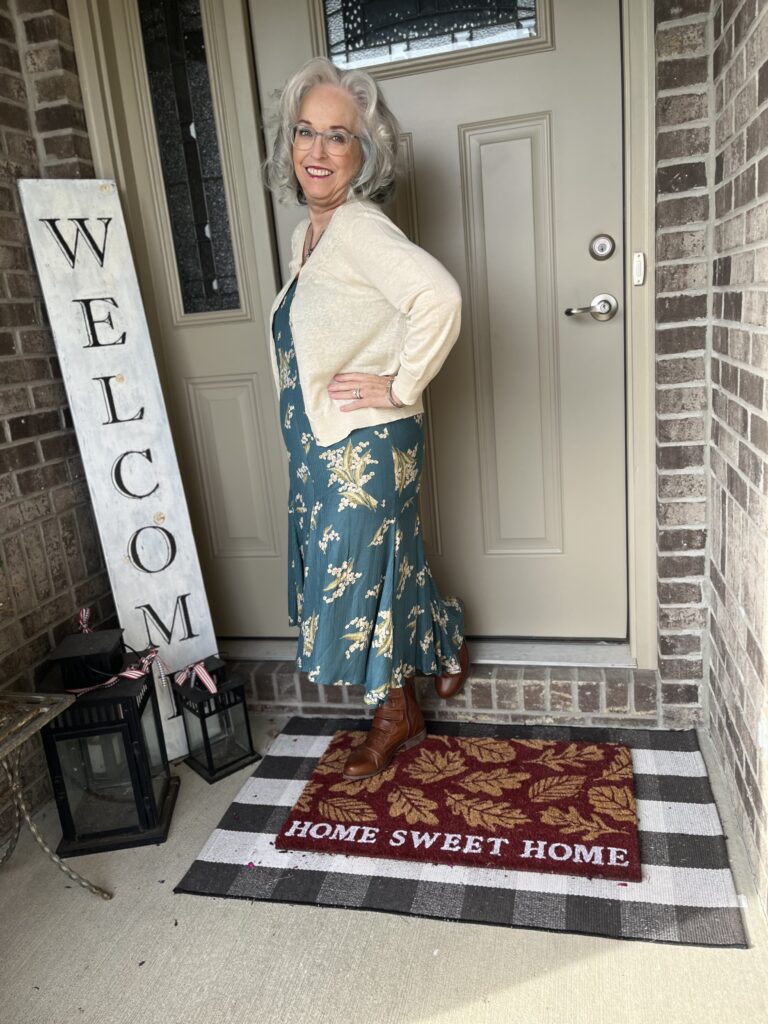
My interpretation…
Well, as usual, I turned to my own collection of April Cornell dresses. I knew I had the perfect dress, but alas and alack, it did not fit! I did, however, happen to have the same pattern in a skirt! And, that pattern is…yep…lilies of the valley! I was afraid I had gotten rid of it during one of my Lenten purges. I have never worn it, and it still has the tags on it. I bought the dress on a trip to Burlington one summer, probably 2012 or 2013. I think I ordered the skirt when it went on sale! As you can probably tell, it’s really long. The skirt has several godet inserts which results in a bit of an asymmetrical hemline. I was careful to place those at the sides. I added this Sundance cardigan to cover my shoulders as well as the fact this is a skirt! The cardigan is several years older than the skirt!
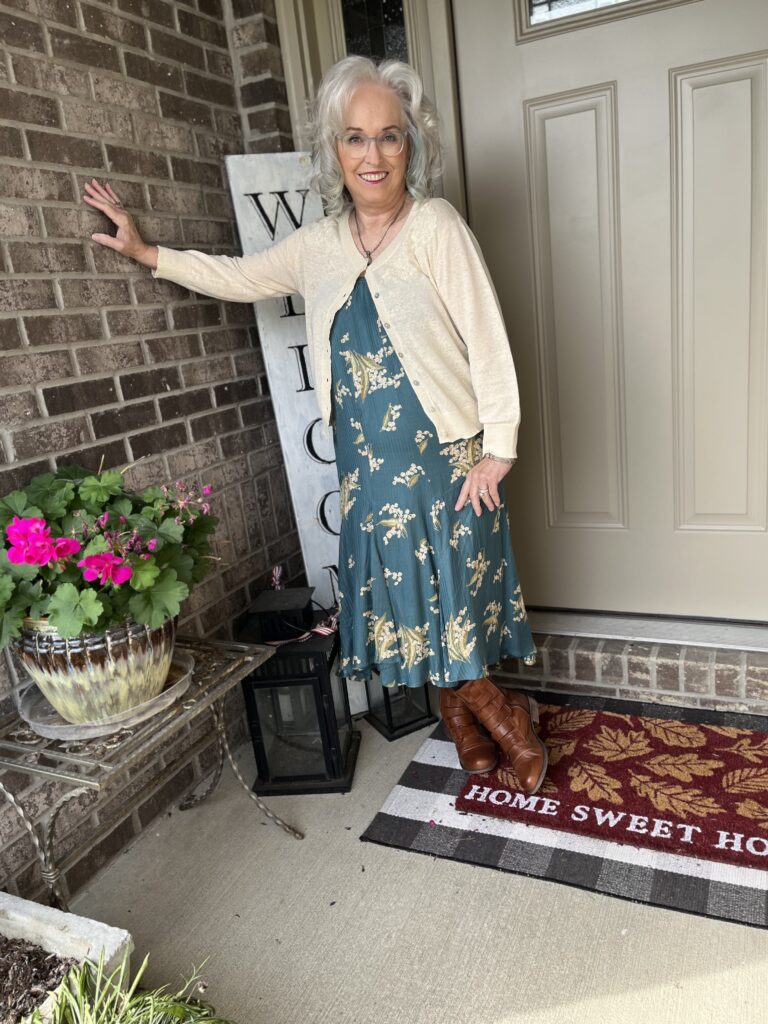
The Lewk!
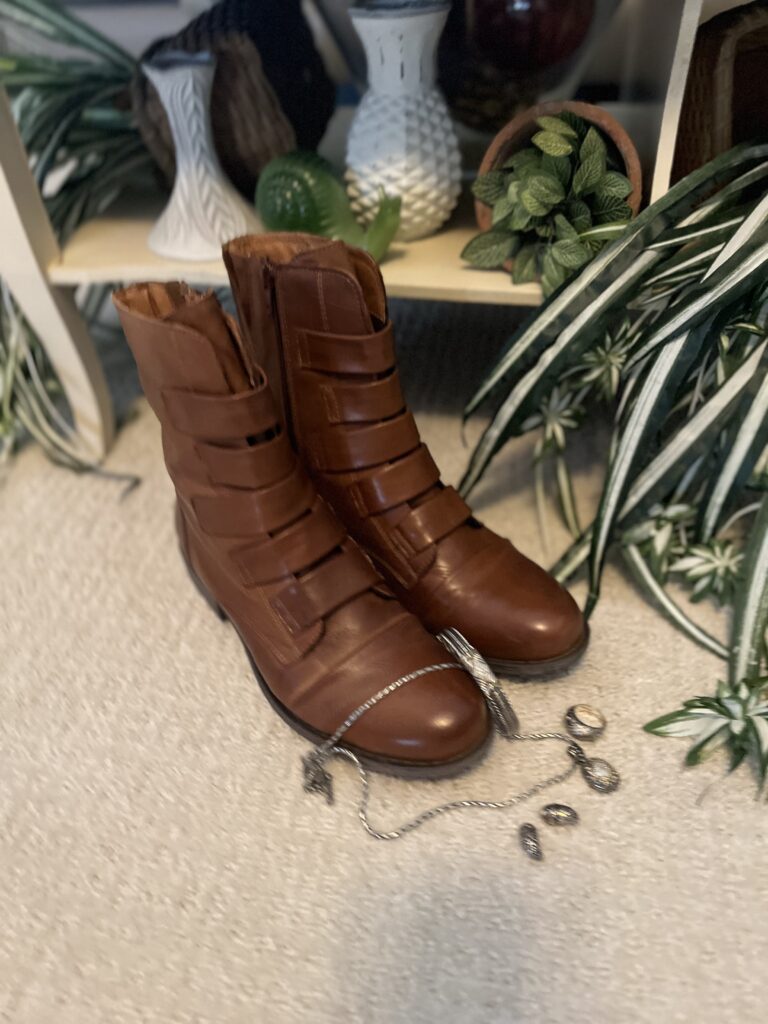
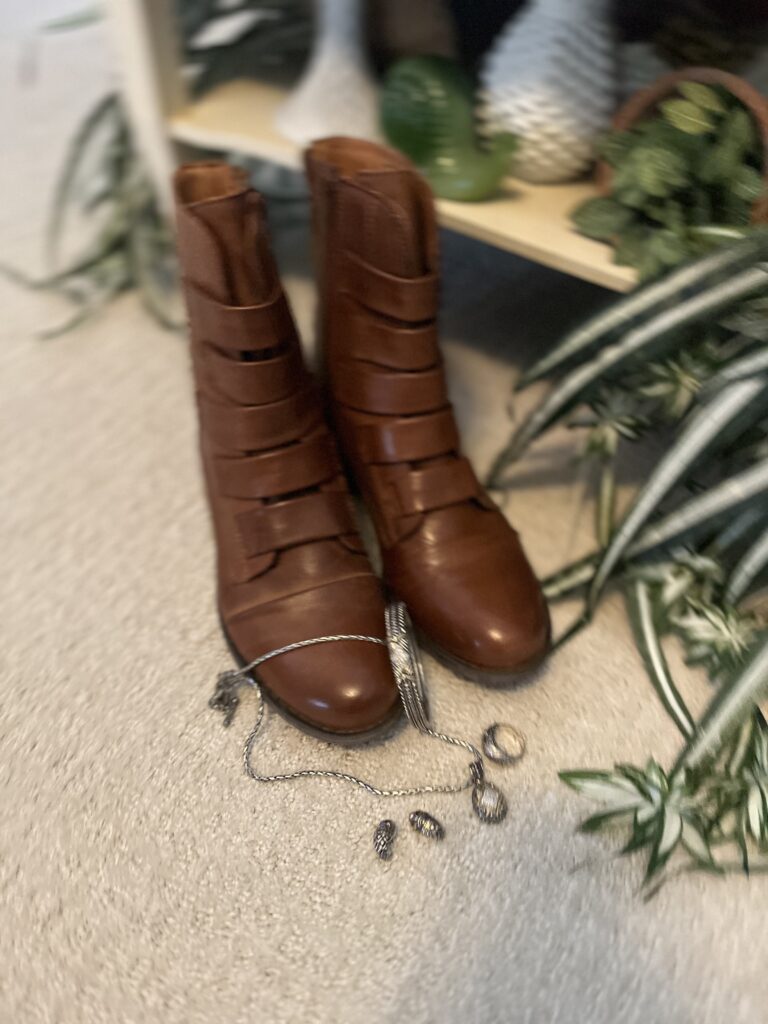
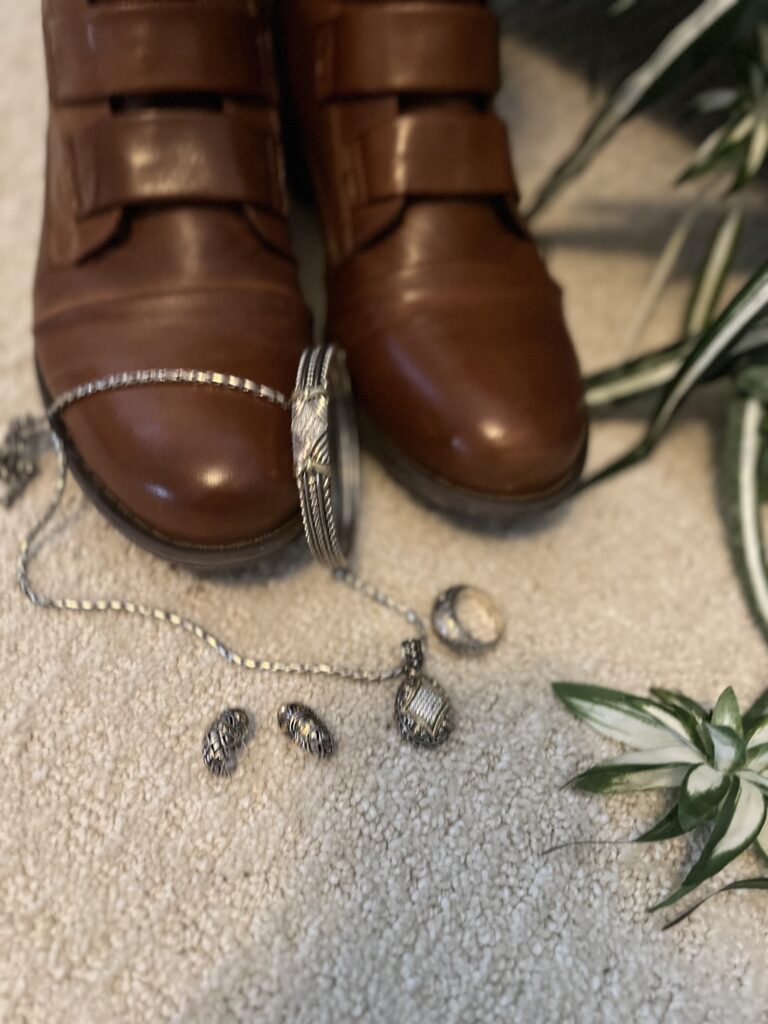
I wasn’t quite sure what boots would work best, but then I spied my Miz Mooz Leighton boots in brandy. I thought they best suited the brown shades of the basket. Next, I decided to see if I had anything that even remotely resembled a Fabergé egg. I remembered this Effy necklace and was pretty sure I’d also bought a bracelet to match it. When we moved a couple of years ago, one of the movers stole some of my jewelry. So, when I couldn’t find it at first, I figured that’s what had happened. It was actually buried in the bottom of my smallest jewelry box. It’s a hinged bangle and fits my man hands! I also have the matching ring. For some reason, though, I didn’t ever buy the matching earrings. Perhaps they never made them. The earrings are Lagos Naga and best matched the other jewelry. I’m sorry for the blurry photos; they didn’t seem that way when I first looked at them.
Wrap it up, Marsha!
I have always wanted a Fabergé egg. I also know I could never have one, but I wouldn’t mind a replica. The Bolshevik’s massacre of the Romanovs repulses me even as I’m fascinated by Tsar Nicholas and Tsarina Alexandra. I’ve read theirs was a true love match even though he wasn’t much of a leader. I’m always torn by the amount of wealth royal families have solely by virtue of their birth. So, can we talk? What did you think of this piece of art? Would you like to have a Fabergé egg? How do you feel about the Romanovs (which has nothing to do with the art)? Please leave me a comment or two, and we can talk. I promise to respond as quickly as I can.
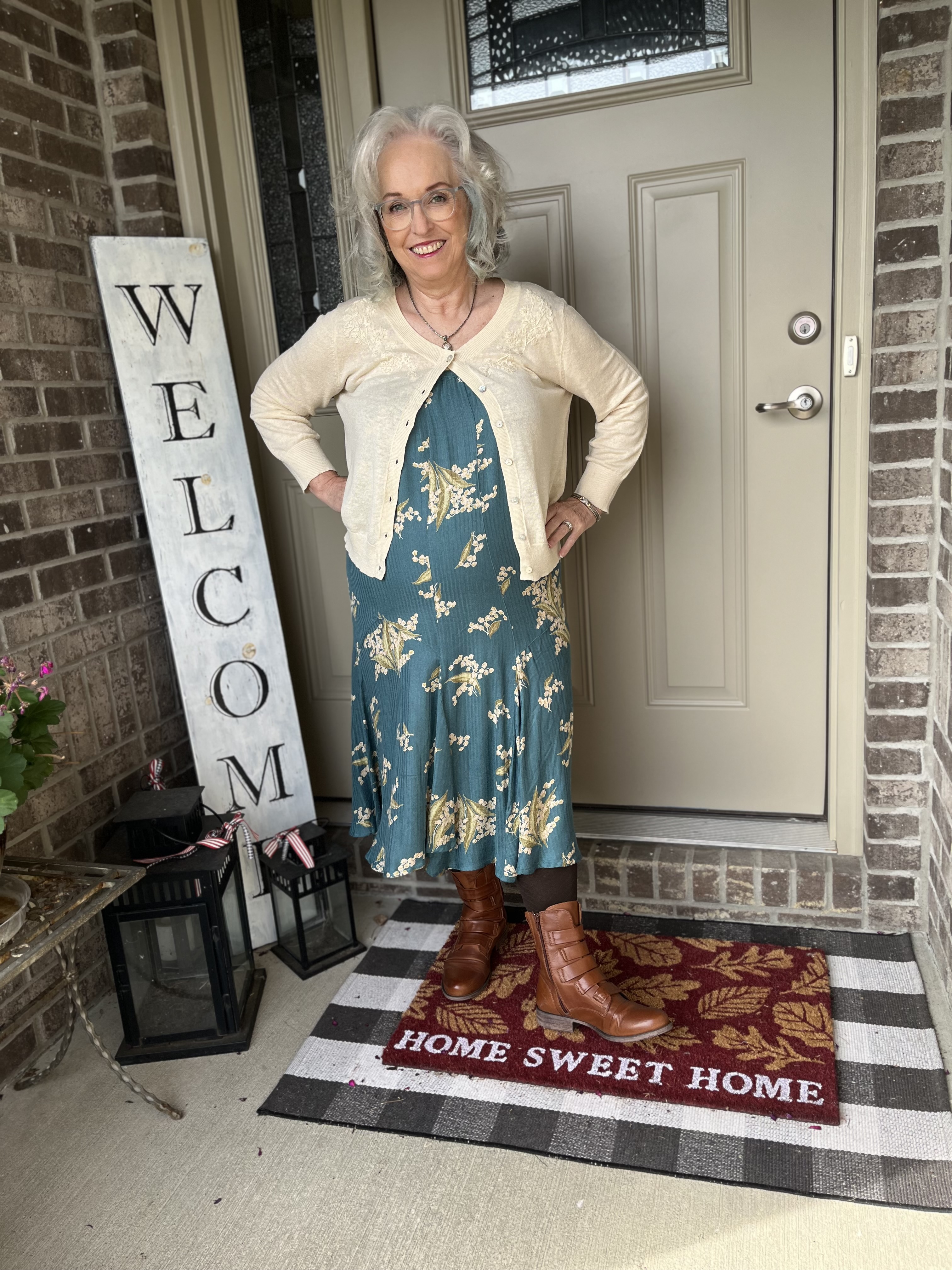
Don’t forget…
If you want to be included in the Style Imitating Art round up, send Salazar your photo by 10:00 pm EST Tuesday, November 19th. Photos of everyone participating will appear on her blog on Wednesday, November 20th! If you’re interested in join us, consider all of your options…the colors, the figures, the chaos. You could be a rebel along with me! Come on, give it a try! I think you’ll love it!
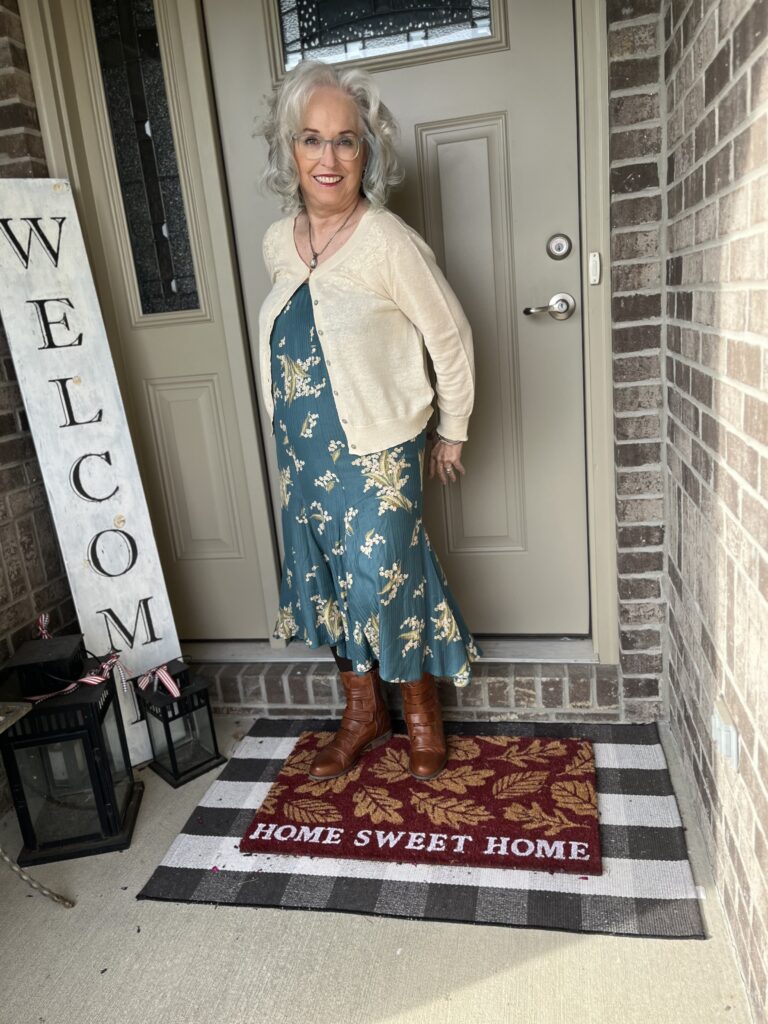
Thank you!
I want to thank all of you from the bottom of my heart for reading, commenting, subscribing or emailing! It truly means so much to me! If you’d like to follow me on Instagram, you can find me here.
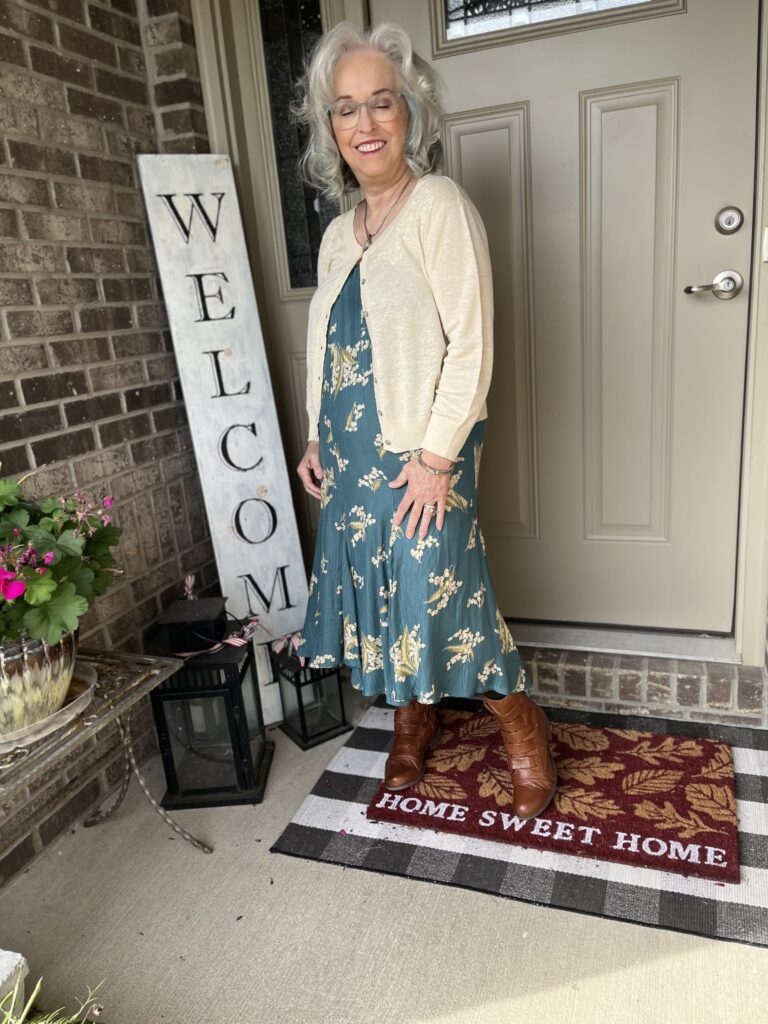
Affiliate links, discount codes and such:
Just a reminder that Marsha in the Middle may use an affiliate link. Those links are usually italicized. If you click or make a purchase from an italicized link I provide, I may receive a small commission at no cost to you. Thank you for your support. I am an April Cornell Brand Ambassador for another season. You can use my code, MARSHA15, for $15 off any order over $100. Use Marsha12 for 12% off any order of $65 or more at Buykud. I have also become a Halftee Partner. Use the code, MARSHA2098, for 20% off any purchase. I am also an affiliate with Clara Sunwoo. You can use my code, MARSHA10, for 10% off your entire order. In case you didn’t know, bloggers must disclose the use of affiliate links. That’s why I include this in each post.
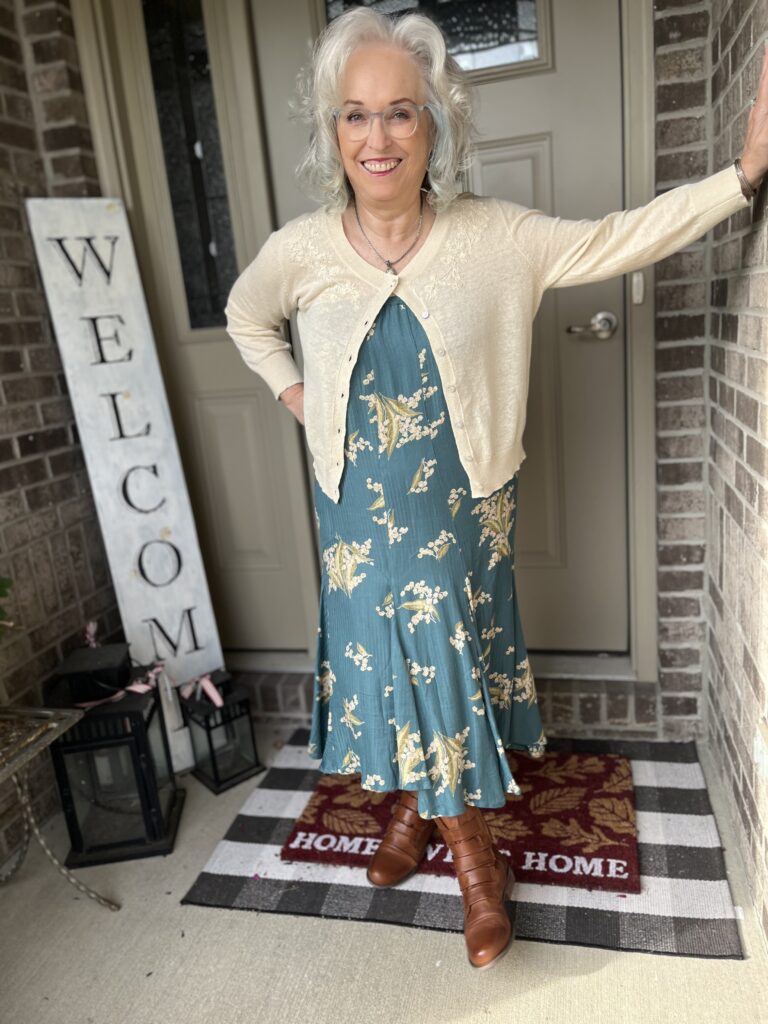
Where you can find me:
Linking up with Nancy’s Fashion Style, Fine-Whatever, Is This Mutton, Shelbee on the Edge, Chez Mireile, Suzy Turner, and Away from the Blue as well as Deb’s World and A Fresh Cup of Coffee. I also link up with This Blonde’s Shopping Bag, Doused in Pink, I do deClaire, Mummabstylish, Style Splash and Elegantly Dressed and Stylish as well as the Senior Salon Pit Stop (Esme’s Salon) and Slices of Life. Please check out these wonderful ladies and their blogs! I also am a co-host for Ageless Style on the third Thursday of the month and Songful Style on the last Monday of the month. I co-host Traffic Jam Weekend every Thursday with Melynda, Lisa, and Sue. I also host Final Fridays on the last Friday of the month as well as 10 on the 10th on the 10th of the month! I do hope you’ll check out all of these blogs and link parties!
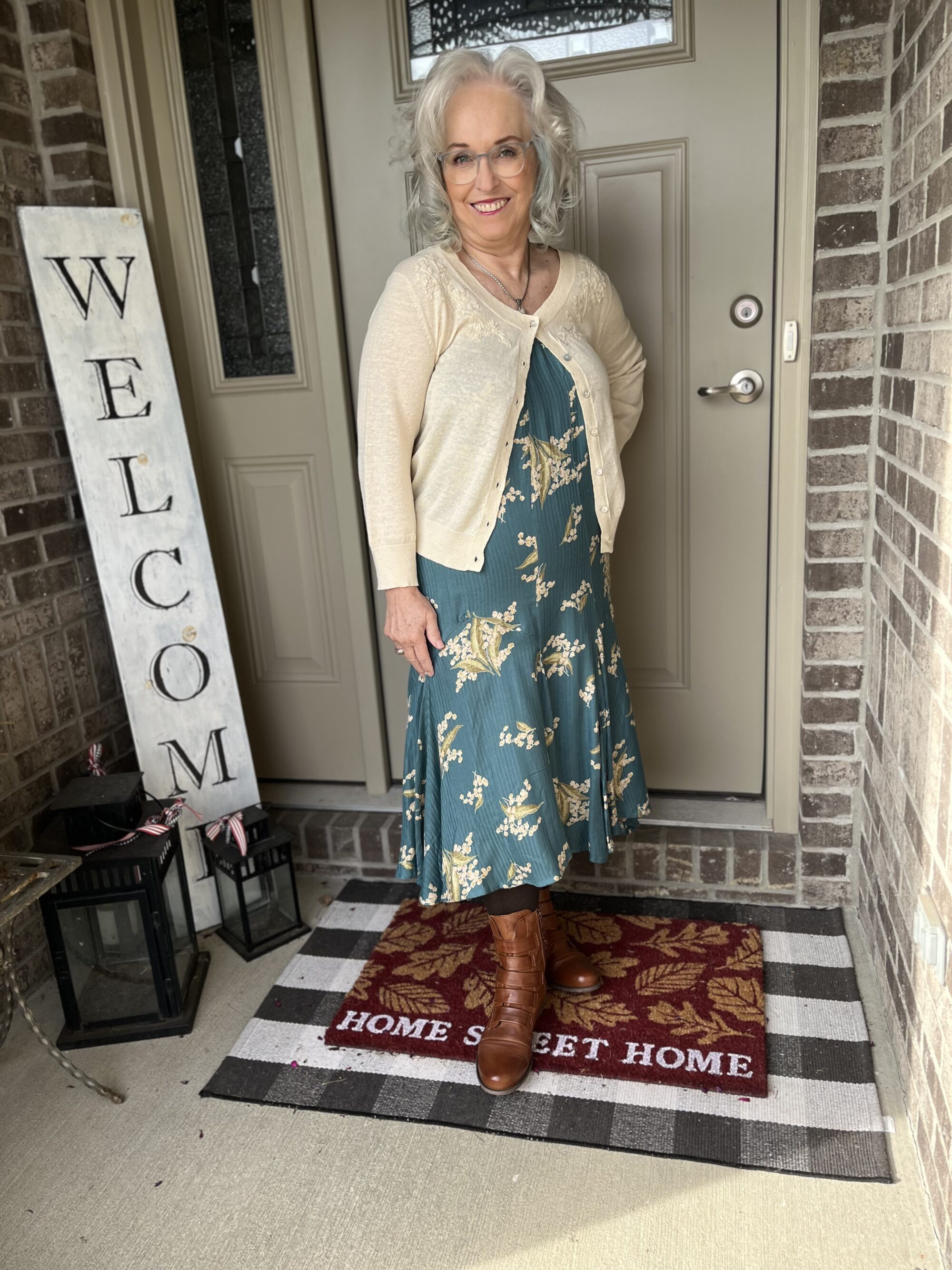
Poeh! That’s quite a story. Interesting and weird. The Faberge egg are quirky in my eyes. I never understood the beauty of a egg, lol. The dress is very pretty, lovely colour.
Thanks, Nancy! I know…the idea of an egg being jeweled is weird. But, gosh they were gorgeous…maybe not the first one…but the rest were.
Wow, that’s an outstanding post, Marsha, with a simply outstandingly beautiful piece of art, a lot of history which is so interesting. And then an outstanding use of a skirt! What lovely material and exactly right for the challenge!
Altogether this is a fascinating post – Faberge is always gorgeous but this work of art is just lovely. Thanks for brightening our day with this 🙂
Thank you so much, Penny! I have always been fascinated by the Romanovs (even though they were quite terrible to the Russian people) and thought those eggs were always so beautiful. I didn’t realize they did other kinds of things. I knew I had this skirt at some point, but I thought I’d purged it a few years ago. Luckily, it was in the front closet because it’s longer.
The artwork is stunning! I love lilies of the valley and the amazing scent they have in the spring. Your dress is perfect for this!
Thank you, Laura! I should plant some lilies of the valley. I think they spread quite easily, and I have a couple of bare patches.
Great save with finding the skirt to use after discovering your dress didn’t fit. It really is the perfect pattern for this challenge. If you had not told me you were wearing a skirt I would have just assumed it was a dress!
Thanks, Joanne! I knew I had the skirt at some point, but I was afraid I’d donated it during one of my Lenten purges.
Lovely outfit and a nice history lesson too.
Thanks.
Thanks so much, Rosie! It’s one of the things I love about the Style Imitating Art challenge.
Marsha, the cut of this dress is so flattering on you! The color is great as well.Very interesting story about the Faberge eggs – who would have ever guessed??? And cicadas bringing luck – hmmmm… that’s interesting too! The educator in you really comes through on these challenges, you are a wealth of knowledge!
xo,
Kellyann
Thanks, Kellyann! But, I’m not really a wealth of knowledge…I’m just good at googling. But, I do now know about these artists and movements and such. Thanks, also, for the compliments on the skirt/dress!
I love that this is really a skirt. Brava!!!
XOOX
Jodie
Thanks, Jodie! I wonder where I learned that trick!!
Oh my goodness, Marsha, I didn’t realize your dress was actually a skirt, you brilliant, brilliant woman! I love it! What a perfectly serendipitous pattern, too. And the teal color is gorgeous on you. I really enjoyed reading about the House of Faberge as I focused my post mostly on Holstrom. My mother always wanted a Faberge egg as well! What a rotten thing those movers did to you. I am so sorry that happened. Anyway, wonderful interpretation of this stunning sculpture!
Shelbee
Thank you, my friend! I’m going to live off this compliment for ages! I really wish the dress fit…maybe by this summer. I knew, as soon as I saw Salazar’s choice what I was going to wear though it ended up the skirt instead of the dress. I wish there had been more about Holstrom. I didn’t really delve into what it meant to be a workmaster. I should have pursued that aspect. Yeah, that was just the tip of the iceberg. Someone, probably the same one who stole my diamond necklace and earrings, also stole $80 out of my purse. I would imagine he was interrupted by someone going upstairs or else he would have stolen much more than that necklace and earrings. I’m so naive. I didn’t know they’d been stolen until this summer when I was looking for them.
Talk about the perfect print for the challenge – my goodness! And I had no idea this was a skirt, not a dress. Well done! The Faberge eggs are so crazy over-the-top that I’ve gotta love ’em. Although if I somehow ended up with one, I would enjoy it for a very short time and then sell it on to a museum because (1) that’s a lot of money to be tied up in an egg and (2) I would worry about breaking it or having it stolen.
Thanks, Sally! I knew exactly what I was going to wear, but the dress didn’t fit. The skirt, however, was really long so I was able to pull it way up and make it work! Hmmm…if I ever had a Faberge egg…I don’t know. I’d be tempted to sell it, but, gosh, I’d really want to keep it. I bet there would be a piece of Faberge jewelry I could find for a lesser price, and so I’d sell it, too!
Very creative, to make your skirt function as a dress, Marsha! I love the inspiration piece – wow, that’s a stunning piece of art.
Thank you so much, Sheila! I was afraid I’d gotten rid of this dress in a yearly Lenten purge. Luckily, I found it in the front closet where I store my longer skirts. Isn’t that basket amazing?
This dress is perfect with this art! I love the print and the pretty cardigan you added. I would love to own a Faberge egg!
https://www.kathrineeldridge.com
Thanks, Kathrine! I was really happy when I found it because I thought I’d given it away during a Lenten purge a few years ago!
Pingback:SIA: Imperial Lilies | 14 Shades Of Grey
Hi, Marsha – I love those boots! And you get an A+ on this post – Angie, http://www.yourtrueselfblog.com
Thanks so much, Angie! I love them, too, and would love to buy them in every color! They are just that good!
This was really a unique piece of art. The lilies of the valley look very realistic but I wasn’t crazy about the basket and grass. I am suddenly reminded of glass flowers we used to see at a museum – maybe in Boston – when I was a little girl. They were so delicate. Like these lilies and like the floral pattern in your dress. Spot-on interpretation!! The movement/shape of the flowers in the art is reflected in the print of your dress and in the skirt, the way it folds so softly. So pretty.
Thank you, my friend! The skirt has godets so it just naturally swirls. I thought this was beautiful, and I agree the basket is not the high point. I rarely visit those parts of museums, but I really need to explore those exhibits more.
Not sure how I missed this, so I’m glad I went back to find it! I’m a big fan of Lily OTV..for the week that they release their lovely fragrance…and not mostly the other times of the year when they manage to pop up everywhere in my mother’s garden…BUT YOU! SO clever to use the skirt as you did! Reminded me of Jodie’s mantra “be the boss of your clothes” because I kept saying to myself “I thought she couldn’t wear the dress.” Very, very clever! Nailed it!
The background to the artwork was fascinating!!!
Thanks, Em! So, you don’t recommend planting them? I wonder if they’re a bit like English ivy…you really like it until it takes off like an Indy car racer! Hahaha!!! Yep, the dress doesn’t currently fit, but I’m getting there. I have worn skirts as dresses occasionally but certainly not as often as Jodie! That’s one of the things I really like about Style Imitating Art…finding out about different artists and art works.